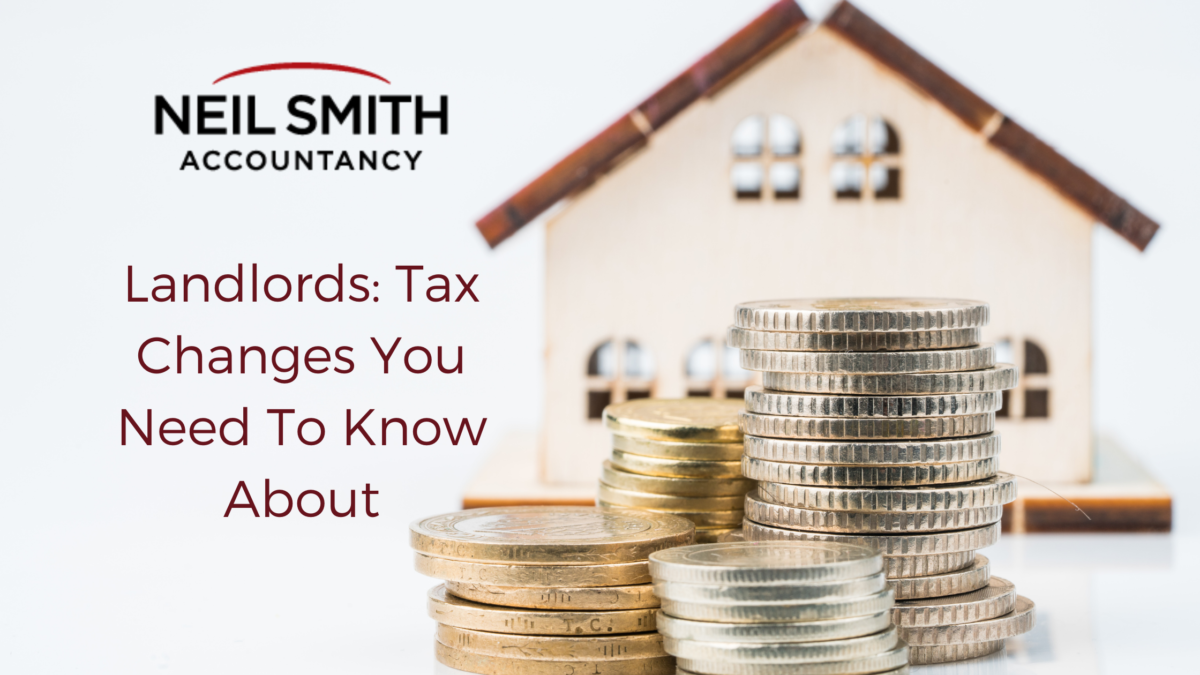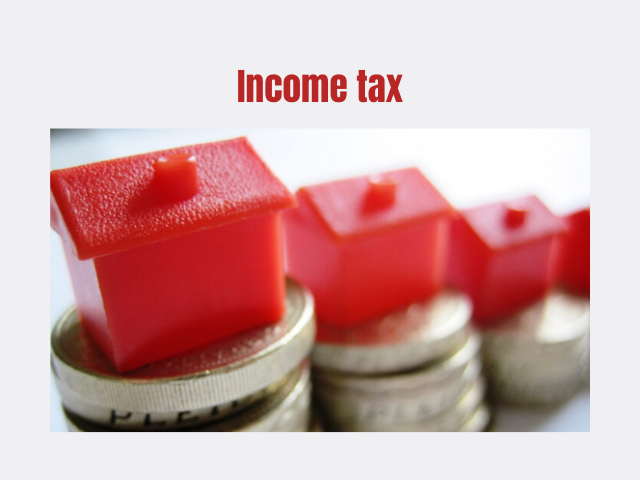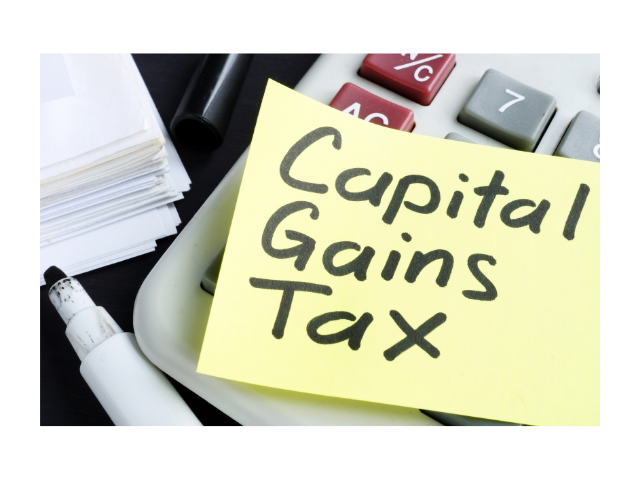With the announcement of tax relief changes soon to come into effect, now is the time for landlords to make sure they are aware of what it will mean for them come April and the beginning of the new financial year. This brief guide will go through the two main changes; the tax relief reduction and the changes that affect capital gains tax.
Landlord income tax relief changes since April 2017
The first major change relates to the way that landlords need to treat buy-to-let mortgage repayments. The percentage of mortgage expenses that could be offset against income tax has been reducing since 2017. Originally, 100% of finance costs were deducted from rental income; this reduced to 75% for tax year 17/18. The remaining 25% was then treated as a basic rate tax reduction once the liability was calculated. This reduction by 25% each year continued as 18/19 and 19/20 tax years rolled round. As it stands, currently 25% are treated as a deduction from rental income and the remaining 75% treated as relief from the total tax payable. These changes have meant that buy-to-let mortgages have stopped being as advantageous tax-wise as they once were.
No deductions from rental income from April 2020
From April 2020, it will not be possible to deduct any financial expenses from rental income; landlord tax relief will now take the form of a tax credit amounting to 20% of the buy-to-let mortgage interest payments. Under the new rules, landlords will be declaring their total rental income and receiving the tax credit after the tax calculation has been made.
For landlords in the higher rate tax bracket or just below it, it will potentially cause an increase in the amount of tax that they are paying. This is due to paying tax at the rate of 40% but still only being able to claim back the 20% tax credit against their mortgage interest repayments.
Capital gains tax changes
The second area where change beckons is Principal Private Residence relief. Rather than relating to income tax like landlord tax relief, these changes will impact on the individual’s capital gains tax instead. You are liable to pay capital gains tax when selling an asset that has appreciated in value during the time you have owned it. However, Principal Private Residence relief provides a full exemption if you are selling your only or main residence. It is to this relief that the changes from April 2020 will apply.
Principal private residence relief changes
For a landlord selling part of their portfolio, the defined final period will be halved from eighteen to nine months from April 2020. This means that if the property has been the only or main residence in the nine months prior to selling then it will be possible to claim the exemption relief.
Additionally, the available lettings relief will be diminished with the new financial year. Under the new guidance, only landlords who are sharing their abode with tenants will be eligible to claim the Principal Private Residence relief. Since the majority of landlords are not cohabiting with their tenants, these changes are likely to have a significant effect on the amount of capital gains tax paid upon the sale of a second home. If you have been considering selling a rental property then it would be wise to act fast and complete before 6th April 2020 to take full advantage of the current relief.
For self assessment taxes, get in touch with the team at Neil Smith Accountancy, who are experienced in landlord tax filing and can help you to achieve maximum results from your assets. Call 01376 512 637, 01621 841 233, or 07973 829 161, email enquiries@neilsmithaccountancy.co.uk or use our contact form.



